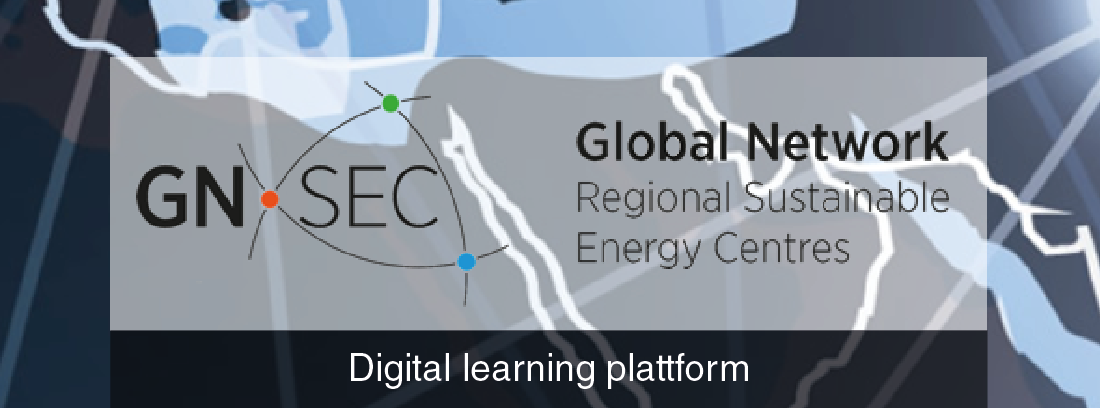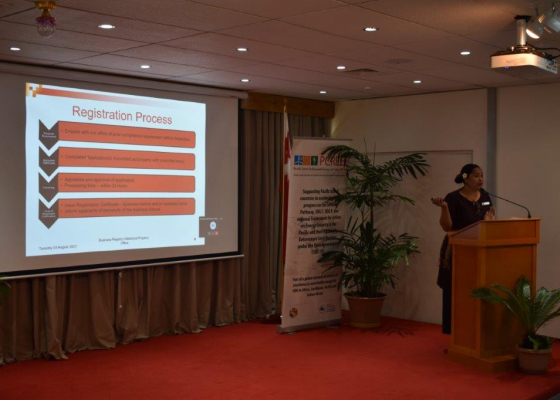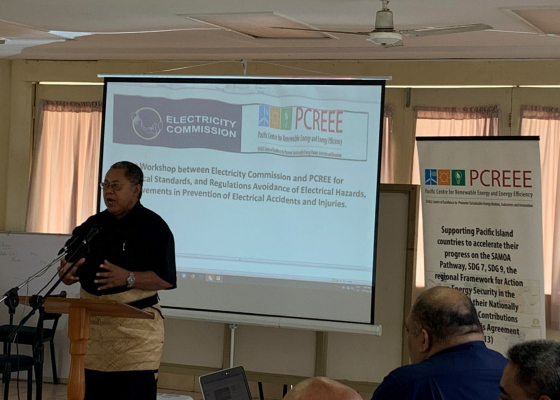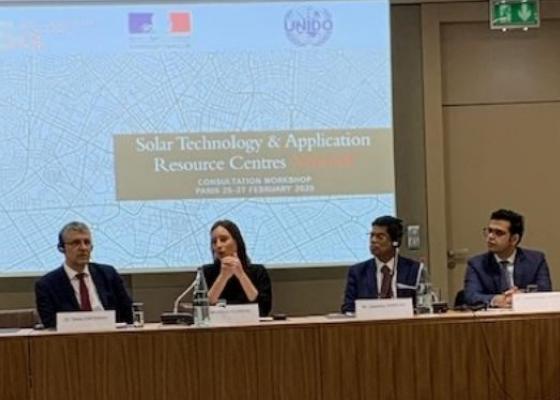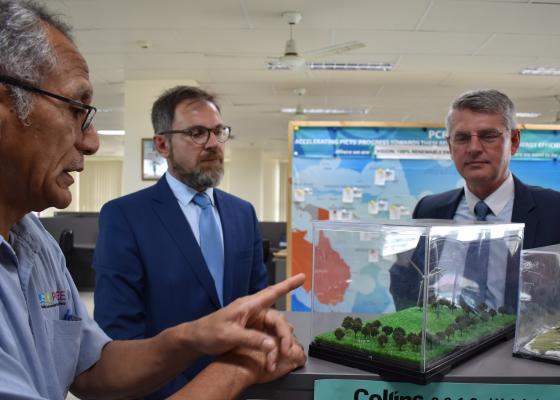Accelerating Clean Energy Technology Research, Development, and Deployment: Lessons from Non-energy Sectors
Climate change is receiving considerable and increasing attention worldwide as one of the key challenges for the century ahead. In 2007 several new reports—including the
Fourth Assessment Report of the Intergovernmental Panel on Climate Change (IPCC) and the Stern Review on the Economics of Climate Change—confirm and strengthen the evidence that climate change is indeed a real and serious environmental, social, and economic threat. These reports also underline a growing consensus that the efforts directed at mitigating climate change need a dramatic and timely increase to avoid potentially destructive and irreversible changes in the earth’s climate.
To mitigate climate change, global greenhouse gas (GHG) emissions must be drastically reduced below business-as-usual levels and substantial reductions must begin in the next 10 to 20 years. Limiting human-induced climate change to two degrees Celsius above preindustrial era levels is viewed by many as the threshold before the risks of serious, irreversible impacts would rise exponentially. Because this goal appears increasingly difficult to achieve,much of the public discussion is now focused on how to limit temperature increases to a maximum of three degrees Celsius over preindustrial levels. Even to achieve this less stringent goal, the IPCC’s Fourth Assessment Report estimates that the stock of CO2 equivalent in the atmosphere would have to be limited to 550 ppm, requiring the annual flow of global GHG emissions to decrease: to a range of −30 percent to +5 percent from year 2000 levels by 2050.
In contrast, business-as-usual projections show emissions increasing 25 percent to 90 percent already by 2030. Similarly, the Stern Review on the Economics of Climate Change estimates that global emissions must decrease 25 percent below current levels by 2050 and must peak in the next 10–20 years. To put this in context, from 1990 to 2005, global GHG emissions increased by 24 percent despite the fall in emissions in the former Soviet Union due to the economic collapse in the 1990s.
The need for massive emission reductions comes at a time when energy use—the primary source of GHG emissions—is expanding globally at unprecedented rates and is vital to the continued economic growth of client countries. The International Energy Agency (IEA) estimates that demand for primary energy will increase globally by 55 percent between 2005 and 2030.
In developing countries, where economies and population are expected to grow fastest, primary energy demand is projected to grow by 74 percent during the same period. Fossil fuels are expected to remain the dominant source of primary energy, accounting for 85 percent of the overall increase in global demand.
This serious dilemma can only be reconciled with new and improved clean energy technologies that balance climate change mitigation and increased energy needs in developing countries. Better and broader use of existing clean energy technologies can play an important role in climate change mitigation. However, numerous sources identify new and improved clean energy technologies as essential to mitigate climate change while still allowing expanded energy supply as a key tool for further development. The IPCC Fourth Assessment, the Stern Review, and the IEA all state that sustainable levels of GHG emissions can only be achieved if new and improved technologies beyond those commercially available today are developed and deployed.Many of these technologies—in addition to reducing emissions—will improve energy access and energy systems reliability and reduce the impact of high and volatile fossil fuel prices.
Upcoming Events
-
01/19/2026 to 01/23/2026
-
03/02/2026 to 03/03/2026






